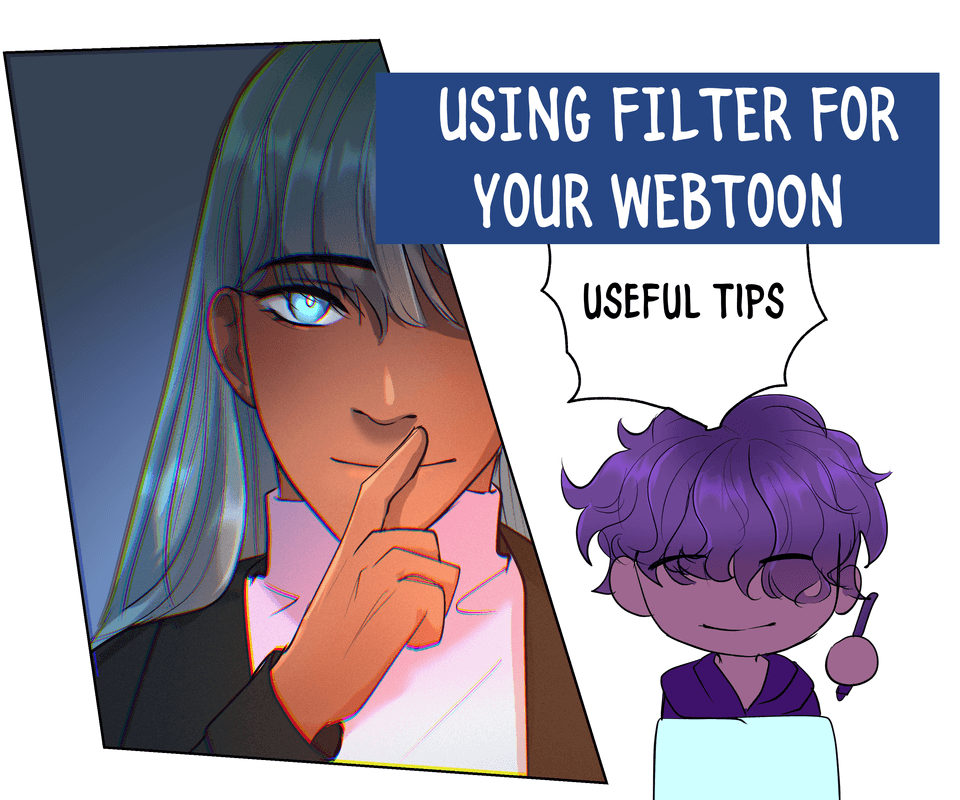Utilizing Reference Layer
If you aren't familiar with Reference Layer mode, I'll guide you through it's purpose and how to utilize.
What is Reference for?
Reference is one of the many ways to set guides in your canvas file. Whether you work with line art or lineless, Reference defines a border that you can have your tools acknowledge.
You can set both vectored and rastered layers as reference, not only that but groups as well. Setting a layer to reference influences how your tools can behave depending to what is in that layer.
Setting a group as Reference will automatically set all layers in the group as Reference by default. This I find to be especially useful when doing line art so that overlapping elements can be quickly cleaned up and you don't need to have closed shapes in one layer if the combined layers in that group close the shape. Your active layer refers to all other layers in that group.
NOTE: when setting a layer/group as Reference, it will revert any other Reference that was already active by default. If you need multiple layers active as Reference, select them all at the same time when you set the mode.
Tools behaving with Reference
It's handy to have some pen/brush, bucket fill and eraser tools that are affected by Reference. Setting up your tools to be at the ready is very simple, so open up your Sub Tool Detail menu.
Activate "Anti-Overflow" by selecting "Do not cross lines of reference layer", this will set the center of your tool as the affected area. As long as the center of the tool does not cross over the Reference line, the filling aspect of the tool will respect what is established as Reference as its border. Bucket fill may have 'close gap' functions, but the pen/eraser tools do not, thus if a line has a gap, then the tool will disregard the Anti-Overflow function during the instance when a gap in the line is present.
If you work with Vectored line art, you can enable "Fill up to vector path" so that the tool will set the actual vector line instead of the contour of the vector render as its Reference.
If your Reference line has transparency to it, you can set the "Tolerance" parameter to define how much transparency to acknowledge as Reference.
"Area Scaling" will define how much to overlap (+) that Reference, or how much distance to keep from (-) the Reference.
Reference for efficiency
Work smart, no need to endlessly paint in by hand or worry about colouring outside the lines.
Sketch up your draft, set up your line art in a folder and utilize layers to separate elements in your drawing/painting. Manage a separate group/layer for your colours by establishing solid fill to the shapes of your elements and lock the transparency of your defined shapes. No more painting over the line.
Here is an example of setting up lines and preparing your solid form
Clipping over some gradient to the flat colour.
Establishing the different colours as flat for ease of editing and adjusting at any point.
Setting the base with the desired rendering for lighting while keeping the solid shape.
Worry not, your tools that have anti-overflow enabled will behave the same as if it was disabled when there is no Reference set to any layer.
Not all the tools have the Anti-Overflow option, but anything that is relevant to its purpose likely will.



















Comment